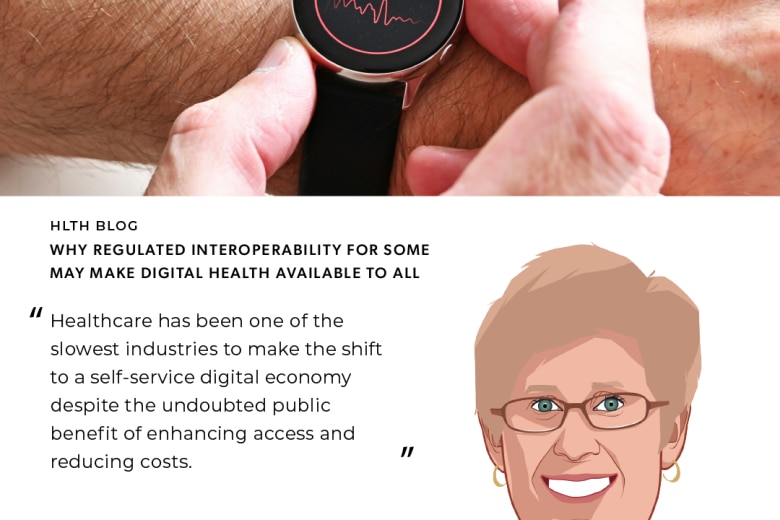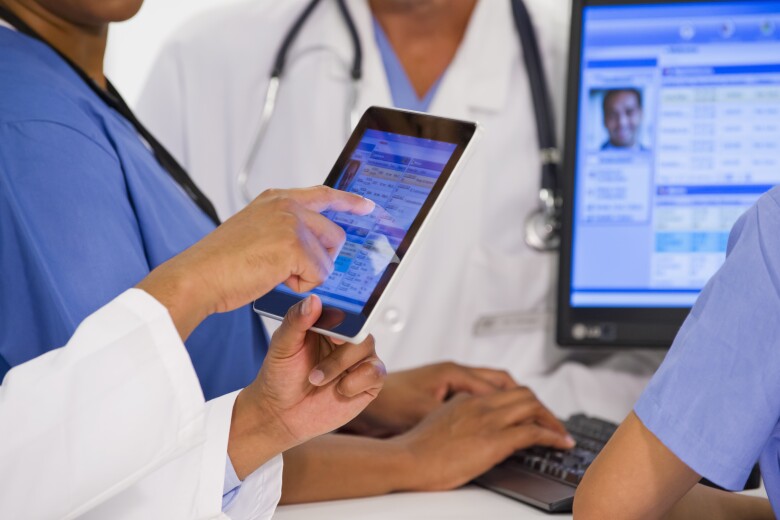In the days before cell phones, Ma Bell – THE phone company in the US – took care of everything related to your telephone. When you had a problem, you had one call to make, and everything was included in a monthly fee. After the breakup of the monopoly in 1982, new services took off rapidly, but life also became a lot more confusing for a number of years. If your phone service didn’t work, was the problem in the phone itself? The indoor wiring? The outdoor wiring? And how many calls would it take to fix it?
The Bell breakup was a major experiment in interstate commerce and antitrust law that fundamentally changed telecommunications and helped shape modern life. Healthcare is in the midst of a similar experiment today - a transformation likely to forever change the health and care landscape just as fundamentally.
We are moving from a clinic and hospital-based model of health and care led by clinicians to a commercially-driven care system: a colossal experiment being conducted by consumers, and based on market forces. So how do we coevolve with the accelerated evolution of healthcare, in terms of access and management?
The Care Experience, Transformed
How has healthcare changed over time? Well, a few years ago, if I needed a vaccine, I phoned my doctor to schedule it. Now, I book online for an appointment at the Walgreens a few blocks from my house. If my mother needs home monitoring for long-term care, I can call Best Buy (and pick up a new cell phone while I’m at it). When I do need to communicate with my doctor, I can sort through the 6 instances of the patient portal app on my phone to find the one for her office. To proactively manage my health, I can search the app store on my phone to find one that has an appealing sounding description and good user ratings. Oh, and when I have an emergency, I still expect my local hospital to be ready to care for me in person at a moment’s notice.
The evolution of healthcare technology has made this all very convenient. In many cases, it’s also cost effective. But is it good healthcare overall? We don’t really know yet.
Telemedicine and Virtual Care
Consider one aspect of the evolution of healthcare management, telemedicine, which took a great leap forward under the impact of COVID-19. A survey by McKinsey found that 76% of consumers are highly or moderately likely to use virtual care going forward.
But do we know when virtual care is best? When physical care is best? What blend of treatment modalities, from office visits to telehealth to connected devices to AI bots, delivers the optimal outcome? A recent Deloitte study indicated that the most comprehensively tracked metrics of virtual health programs are related to patient satisfaction and utilization. Data related to quality, outcomes, or clinician satisfaction is much less aggressively measured.
Telemedicine is offered by traditional care providers, by payers, as an employee benefit, and by independent, direct-to-consumer services. The independent segment is small but growing rapidly, especially among younger healthcare consumers. As we work to align treatment modalities with the right patient cohorts, what are the odds that any one of these independent providers has sufficient patient volumes, and sufficient longitudinal data about the patients receiving it, to conduct rigorous studies to find the optimal model? And are the market incentives aligned with finding those answers?
Revisiting the Experiment
Our traditional health system has many flaws. The emerging system is harnessing new science, new technology, the lessons of retail, and the desires of consumers, to re-invent that care system and address the flaws. The challenge is that for the most part, the emerging system is piece-meal, and no one is watching over and evaluating the whole.
Yet we all need and want that evaluation. Patients want help choosing the mix of products and services that will deliver the best outcomes and value for them. Commercial healthcare providers need data about their results to help them grow and succeed in the market. Traditional providers need information to help them adopt those elements of the emerging system that will keep them healthy. And since we have a societal interest in a strong healthcare infrastructure, it behooves us as citizens to get this whole thing right. Which means we need to invest in the data and information infrastructure to document what works – and what does not.
Overall, there are more questions than answers at the moment. We’ll provide some more thoughts in upcoming posts, but for now I’ll conclude with this final thought: no matter where the industry goes, access to healthcare data will play a critical role in ensuring the continued delivery of optimal care in the midst of change.






































